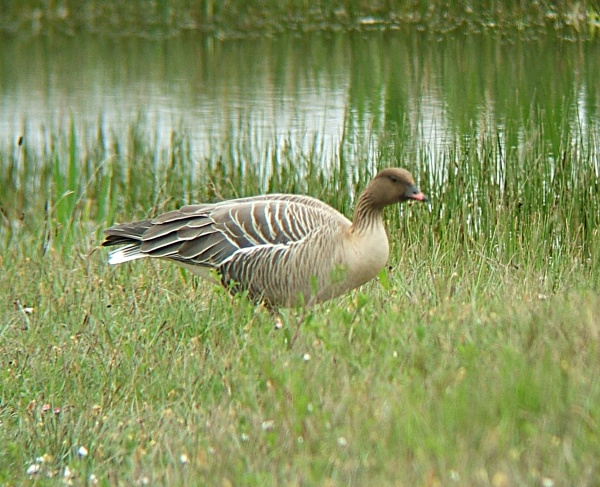Facts About Pink-footed goose
The pink-footed goose is a medium-sized bird that inhabits eastern Greenland, Iceland, and Svalbard during the breeding season. As winter approaches, these geese migrate to northwest Europe. They are easily recognizable by their pink feet and bill, mid-grey-brown bodies, and distinctive markings. Over the past 50 years, their population has significantly increased due to dedicated conservation efforts.
These geese prefer to breed near glaciers, which provide some protection. Nesting typically begins in May, with eggs hatching after about 26-27 days of incubation. Their diet is primarily vegetarian; in the summer, they feed on tundra plants, while in the winter, they consume crops like oilseed rape and sugar beet. One of their standout features is their high-pitched honking calls, especially noticeable when they are in flight.
While Great Britain hosts large populations of pink-footed geese during the winter, only a few are found in Ireland and France. They can occasionally be spotted as rare visitors in other European countries and sometimes turn up as far south as Morocco and the Canary Islands, or as far west as Canada and the United States. This species is protected under the Agreement on the Conservation of African-Eurasian Migratory Waterbirds (AEWA).
